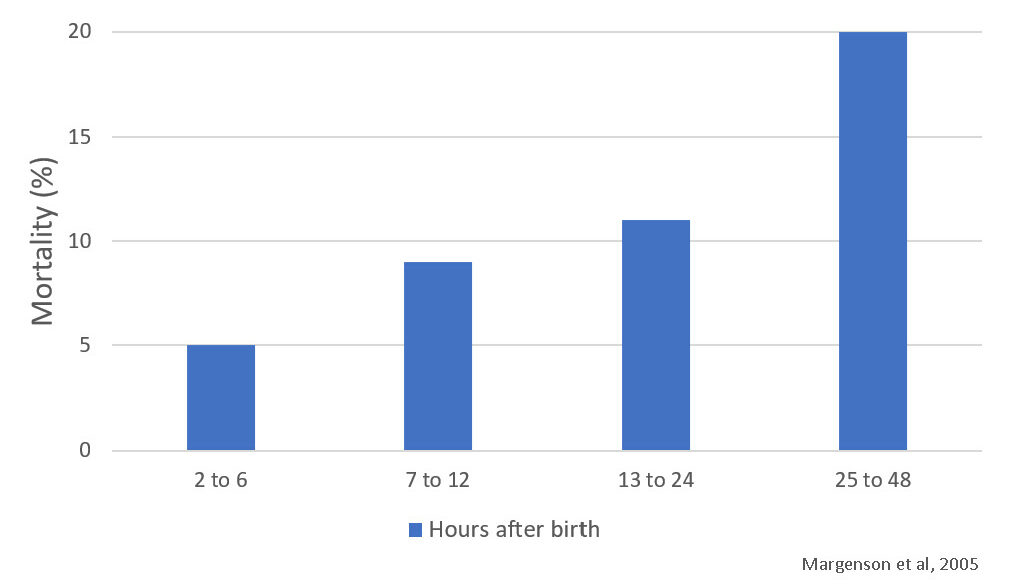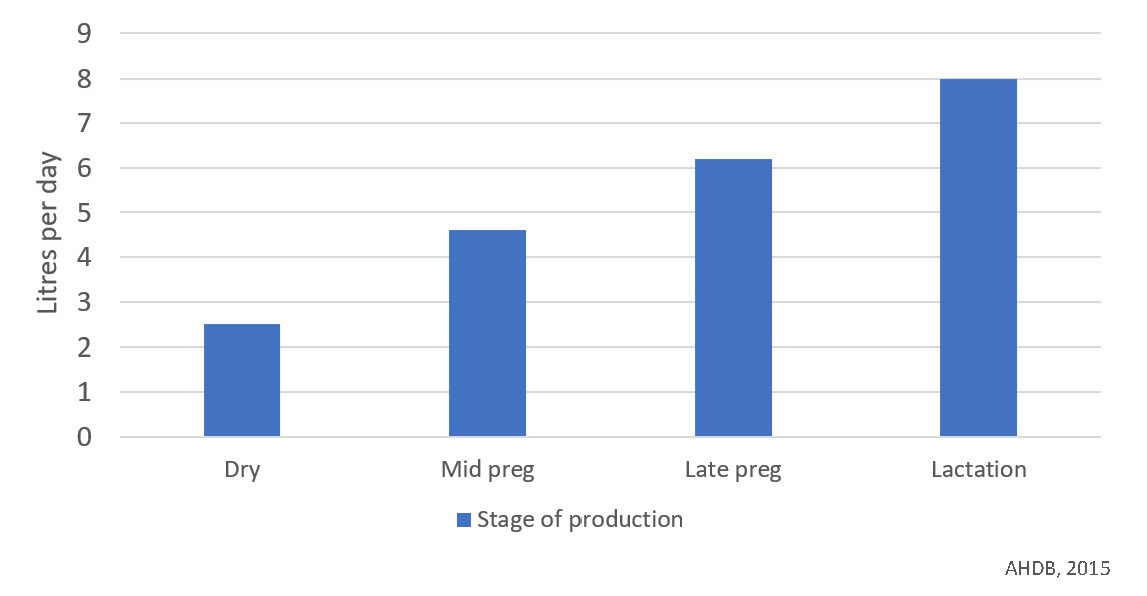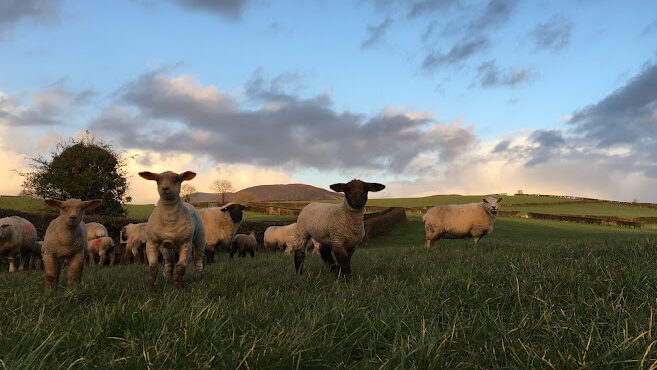By David Dunlop, Technical Director
Preparation is well underway for lambing on many sheep farms, with colostrum production, lamb birth-weight, vigour and survivability all influenced by management practices in the mid to late pregnancy period. For optimal results, a holistic approach is required, with assessment of the ewe, her nutrition, the environment, and early lamb management vital.
What to measure
- Ewe Body Condition Score in mid and late pregnancy
- Scan Ewes for number of lambs
- Forage Analysis
Thin or fat ewes will need to be grouped in mid pregnancy to have sufficient time to alter their body condition scores (BCS), with a target BCS of 3 for all ewes by 6 weeks pre-laming. At this point ewes can be grouped based on lambing dates and the number of lambs they are carrying. If ewes are housed and fed silage, it is essential to have your forage analysed so that a feed plan can be implemented by a competent advisor. However, ensure any dietary and environmental changes are done in a gradual, timely manner. Changing too much too quickly, close to lambing causes stress, which can subsequently lead to a reduction in feed intakes and a potential onset of metabolic issues such as twin lamb disease.
Meeting the Demand
In the final 6 weeks of pregnancy, the ewe’s energy and protein demands rise dramatically, with 70% of foetal growth occurring at this stage. Concurrently, ewe’s carrying twins can have a 30% reduction in their appetite due to the lambs taking up more space and pushing against the rumen. During this time the udder is also developing, and colostrum quality and quantity will be largely influenced by nutritional status. It is therefore essential to feed a quality concentrate at sufficient levels – depending on forage quality, the number of lambs the ewe is carrying, and ewe BCS.
Table 1. Concentrate feed rate (kg) for 70 D-value silage ad lib.

Table 2. Concentrate feed rate (kg) for 62 D-value silage ad lib.

Table 3. Concentrate feed rate (kg) for hay ad lib (9MJ/kgDM).

Colostrum is Gold
Colostrum quality and the lambs ability to absorb antibodies rapidly decreases from the point of lambing. The aim is for lambs to receive 50ml/kg of birth weight in the first 2 hours and 200ml/kg of birth weight in the first 24 hours after birth. Therefore, a twin bearing ewe will need to produce 2 litres in the first 24 hours post lambing.
Early and plentiful colostrum intake will boost lamb immunity and improve survival rate. Triplet lambs may need additional colostrum supplementation, so ensure you have a quality colostrum substitute at hand!
Figure 1. Lamb mortality rates after birth.

Hygiene is Critical
Until a lamb receives passive immunity from its dams colostrum, it is highly susceptible to infection – therefore poor hygiene at lambing may mean you have lost the colostrum battle before it has started! When lambing / working with newborn lambs, always –
- Move ewes to a clean, well bedded lambing pen that has been disinfected
- Use clean lambing gloves when assisting lambing
- Double dip lambs navels with 10% iodine solution (once at birth and again when the lamb is dry)
- Ensure ewes have been dagged and are clean so the lamb can suckle easily with a reduced risk of contamination
The Importance of Water!
Water demand will vary depending on the dry matter of the diet, however in early lactation a ewe can require up to 9 litres of water a day! It is therefore essential that a clean source is available at all times after lambing. Poor water availability will decrease intakes, and milk production post lambing.
Figure 2. Ewe water intakes relative to stage of production.

Want to Find out More?
For more information on how to utilise your flocks performance this spring, or for further details on our range of ewe and lamb feeds, contact the mill on (028) 2074 1354 or your local Chestnutt Feeds sales representative.


